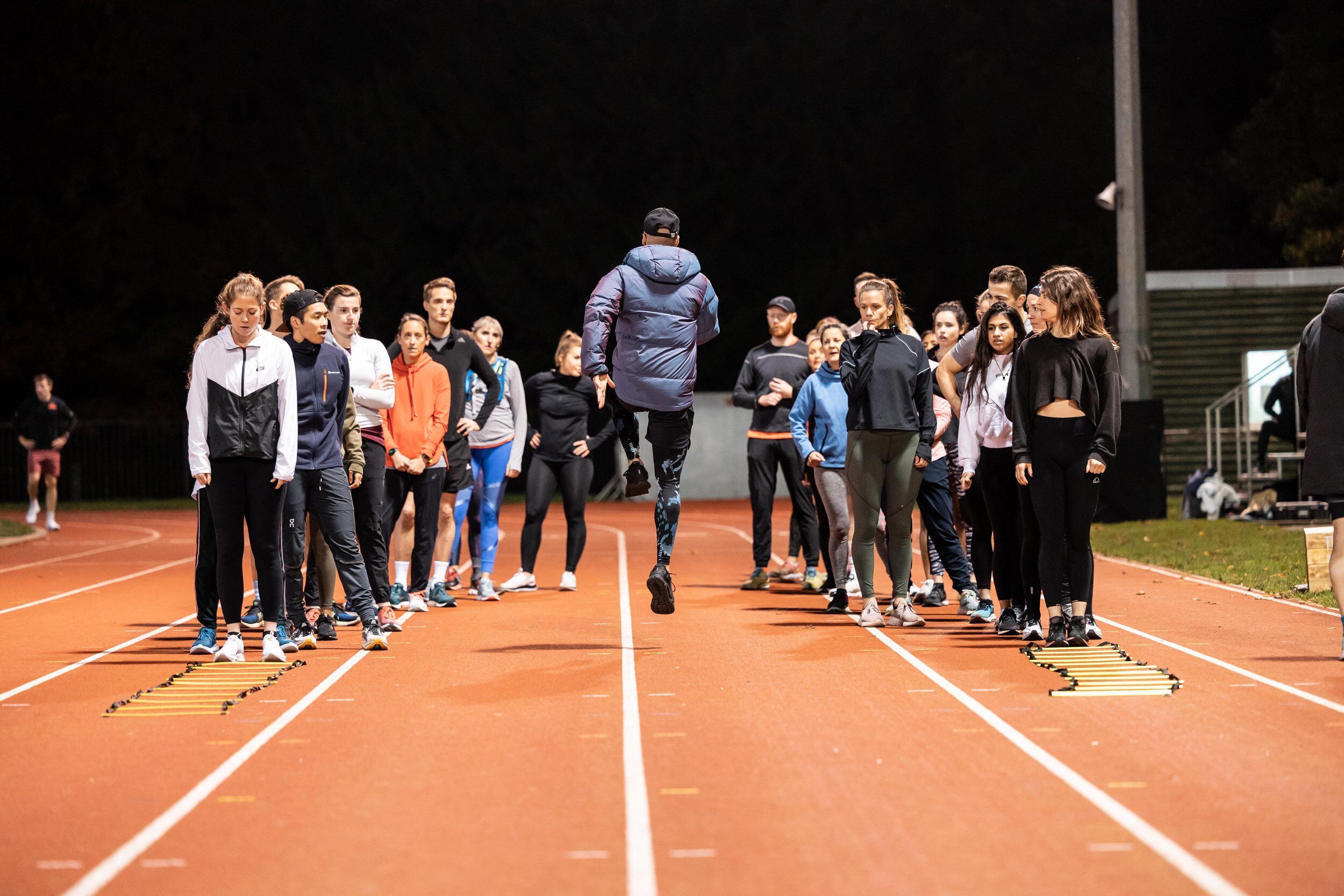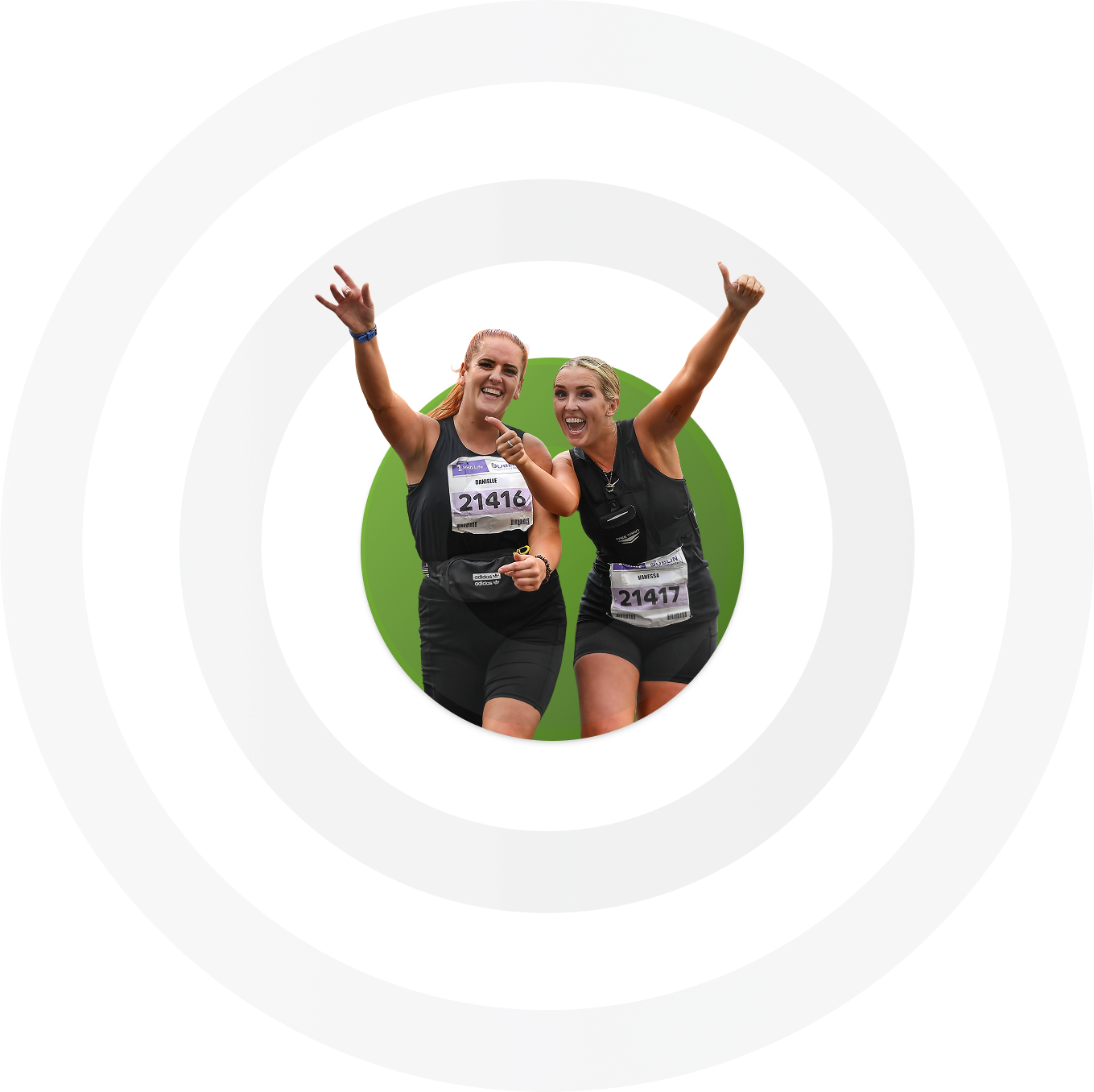Stretching is one of the most repeatedly overlooked aspects of running and yet it can be one of the most important. What is the point of spending hours on the road, only to succumb to a preventable injury the week before a race, because you didn’t stretch properly? It happens, but you can prevent it with a good stretching routine.
There are two main types of stretches that runners need to know about:
Dynamic stretching , preferred by athletes as part of their warm up routine. These stretches involve movement and warm up major muscle groups, as well as sending a signal to your body that intense activity is on the way.
Static stretching is traditionally used as part of your cool down at the end of a session. These stretches do not involve any movement and are gradual elongations of major muscles, aimed at increasing flexibility and preventing soreness/injury.
Here we focus on static stretches to work into the cool down portion of your training sessions.
Stretching technique
Before we get started here are 5 key tips for great stretching technique:
- Stretching needs to be done gradually and for maximum benefit the stretch should be held for approximately 30 seconds.
- Do not 'bounce' when stretching; this is an easy mistake to make and could lead to a pulled or torn muscle.
- Don’t forget to concentrate on your breathing while stretching and as you exhale – breathe out to reach further into your stretch.
- In order to avoid injury do not stretch if you are experiencing any muscular discomfort or tightness.
- Never stretch ‘cold’ muscles – if you want to stretch (as some runners do) before the main portion of your training run, only do so after you’ve warmed up for approximately 10 minutes.
1. Calf (back of lower leg)
Technique
1. Lean into wall and lift one leg off the ground
2. Lean into stretch
3. Keep leg straight
4. Repeat with other leg
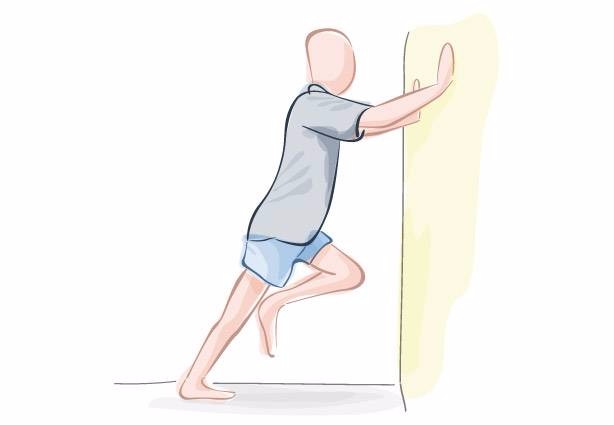
2. Hamstrings (back of thigh)
Technique
1. Grasp leg behind knee
2. Pull leg in to chest
3. Slowly straighten leg
4. Repeat with other leg
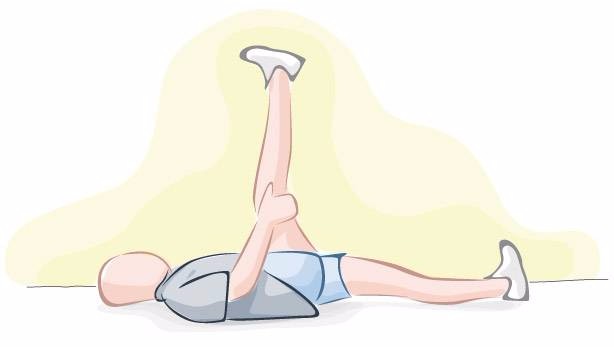
3. Quadriceps (front of thigh)
Technique
1. Stand on one leg with other leg pulled up to backside
2. Grasp ankle and ease into stretch
3. Keep knees together
4. Keep upright posture
5. Repeat with other leg
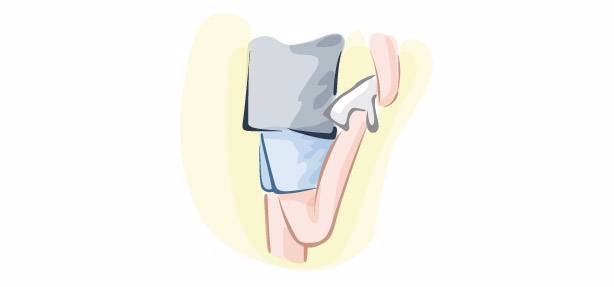
4. Glutes (buttock)
Technique
1. Lie on back on the floor
2. Position one leg across the opposite thigh
3. Grasp leg behind thigh and pull into body
4. Repeat with other leg
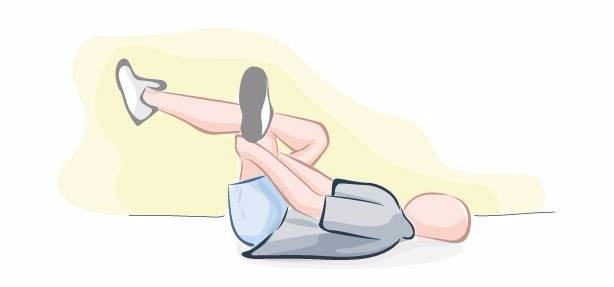
5. Hip flexors (front of pelvis)
Technique
1. Kneel on floor with cushion under knee
2. Grasp foot and pull up towards buttock
3. Thrust hips forward and upwards
4. Stretch will be felt in thigh and across front of pelvis
5. Repeat with other leg
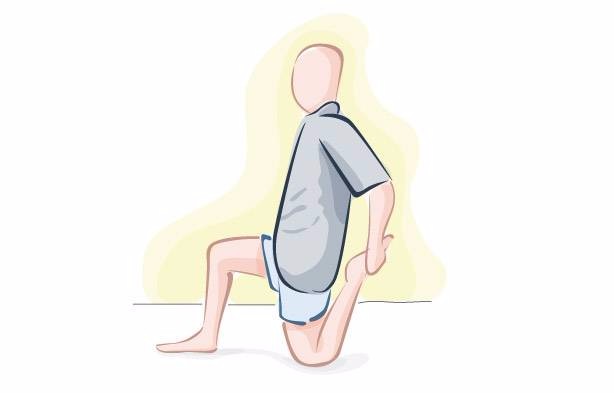
6. Adductors (groin)
Technique
1. Sit with back against a wall
2. Ensure backside is positioned as close to the wall as possible
3. Keeping an upright posture, gently press down on knees until stretch is felt
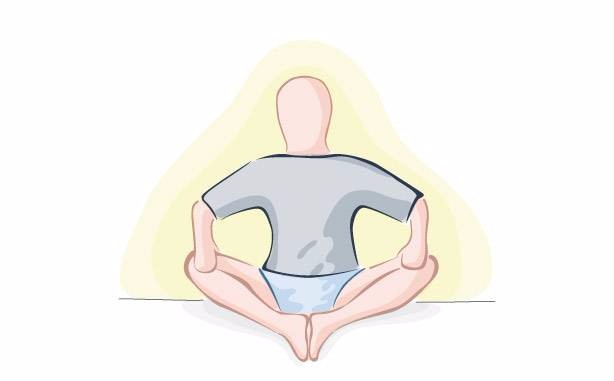
7. Hip and lower back stretch
Technique
1. Sit up tall, on the floor, with your legs out in front of you.
2. Raise your left leg and cross it over the right leg.
3. Keeping the right leg bent bring the left leg into your chest.
4. Turn your torso from the hip so that you can look over your left shoulder.
5. Repeat on the right.
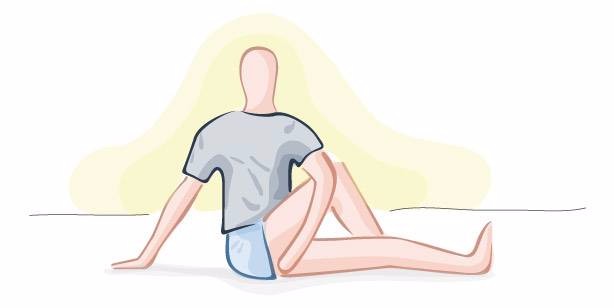
8. Back (start position)
Technique
1. Kneel on floor
2. Fully drop chin to chest
3. Arch back upwards, pushing from shoulders
4. Relaxed breathing throughout
5. Finish position technique
6. From start position, slowly extend neck and look at ceiling
7. Hollow out back
8. Relaxed breathing throughout
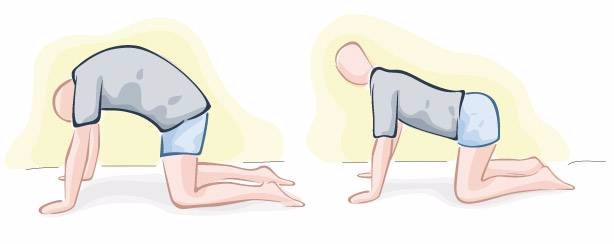
9. Shoulder
Technique
1. Rotate your shoulders individually and together, forwards and backwards for 20-30 second each.
2. Pull your arm back over your head and gently pull the elbow down towards the back and hold
3. Repeat on the other side
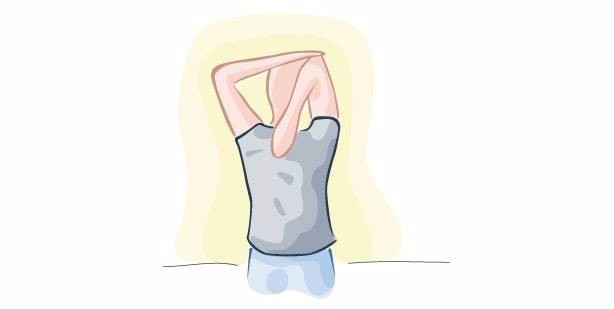
10. Chest
Technique
1. Place the hands on the small of your back
2. Try to move your elbows towards each other behind your back
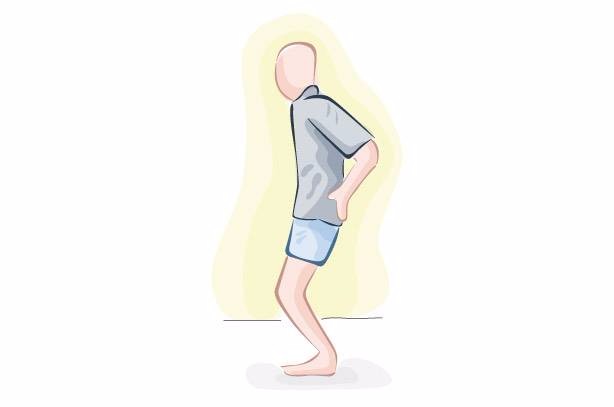
Ideally you should stretch the major muscles after every run but if that proves too time-consuming, stretching twice a week is a suitable target. Finally – make sure you mix up your stretching routines as research shows just using one form of stretching is not as beneficial as using a variety of stretching routines. Try different types of stretches for each of the key areas highlighted here, this will give your flexibility workout diversity. Also consider working in a yoga class as a part of your training week.
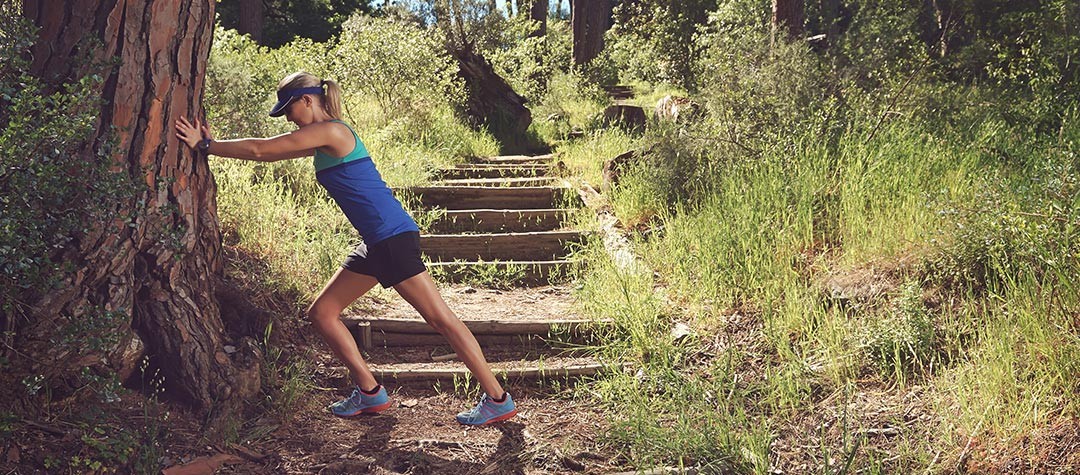
.png)
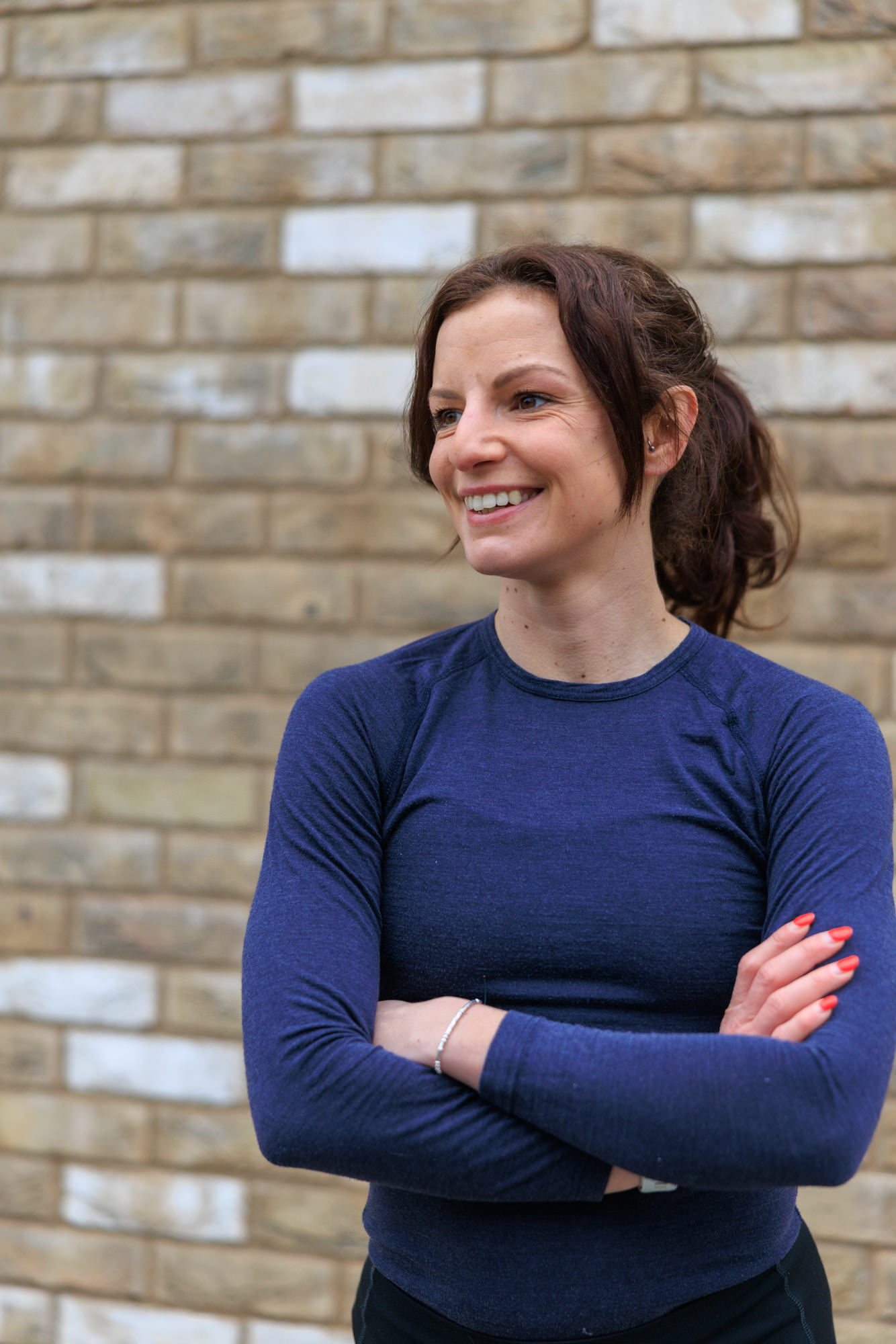
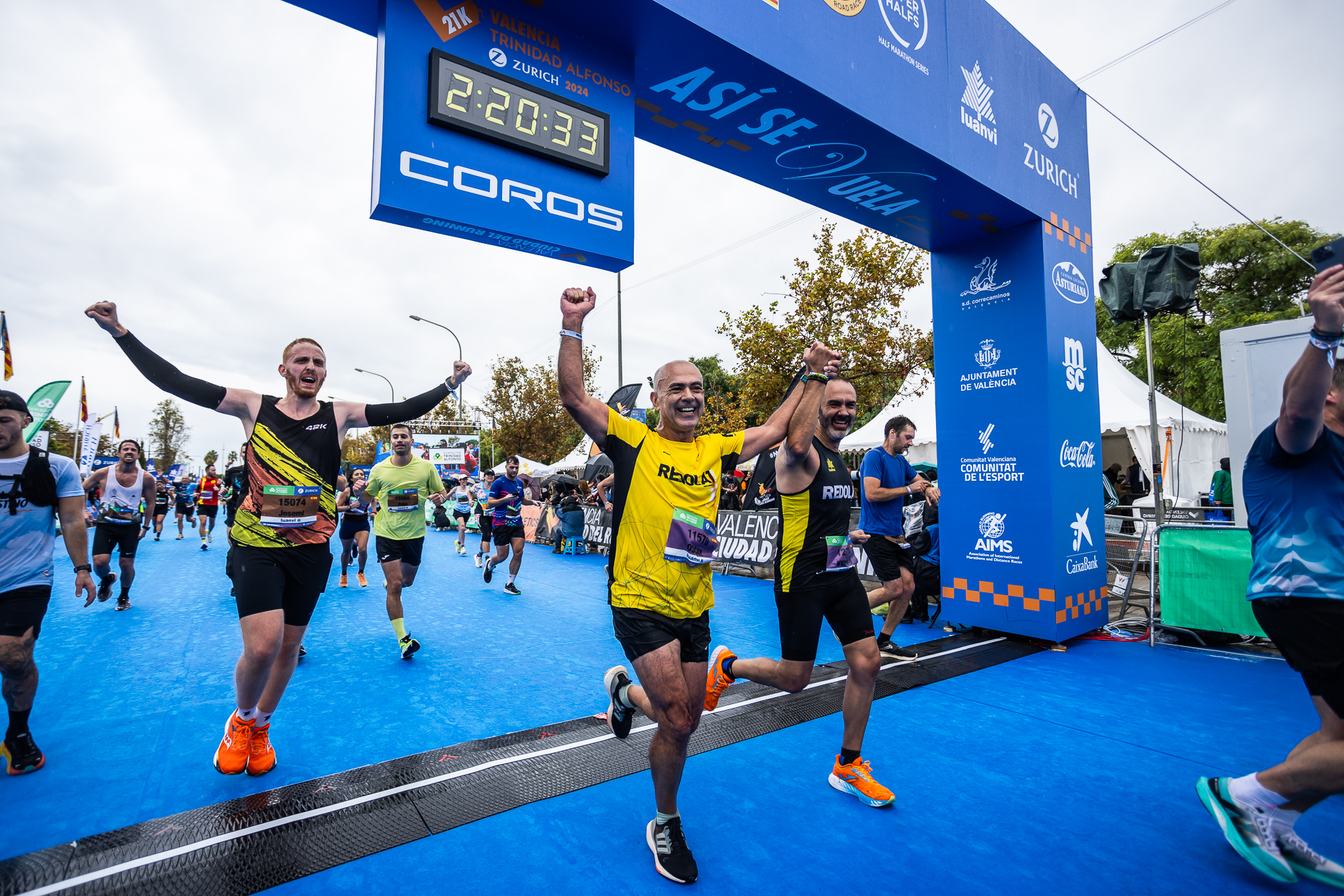
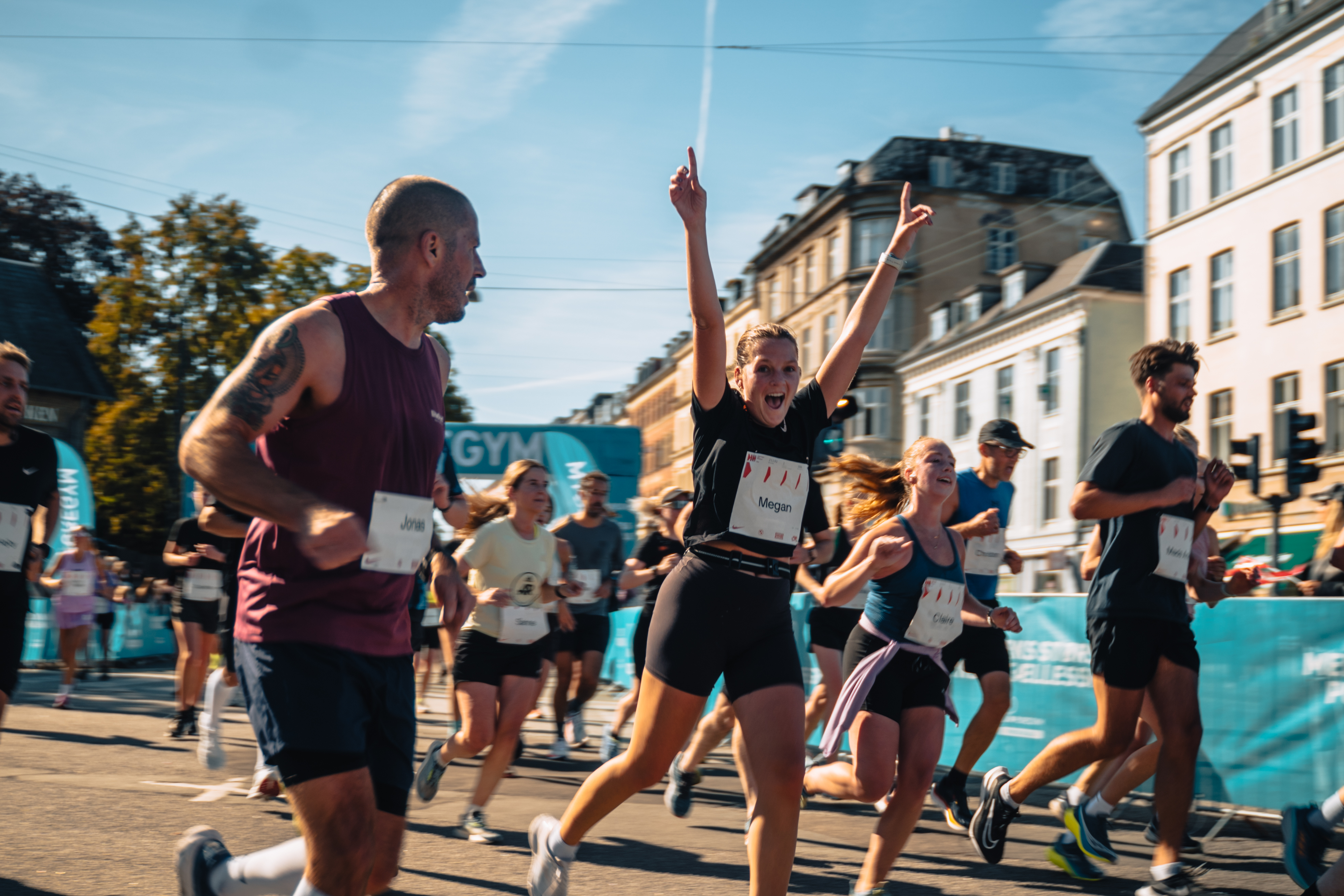

-min.jpg)
